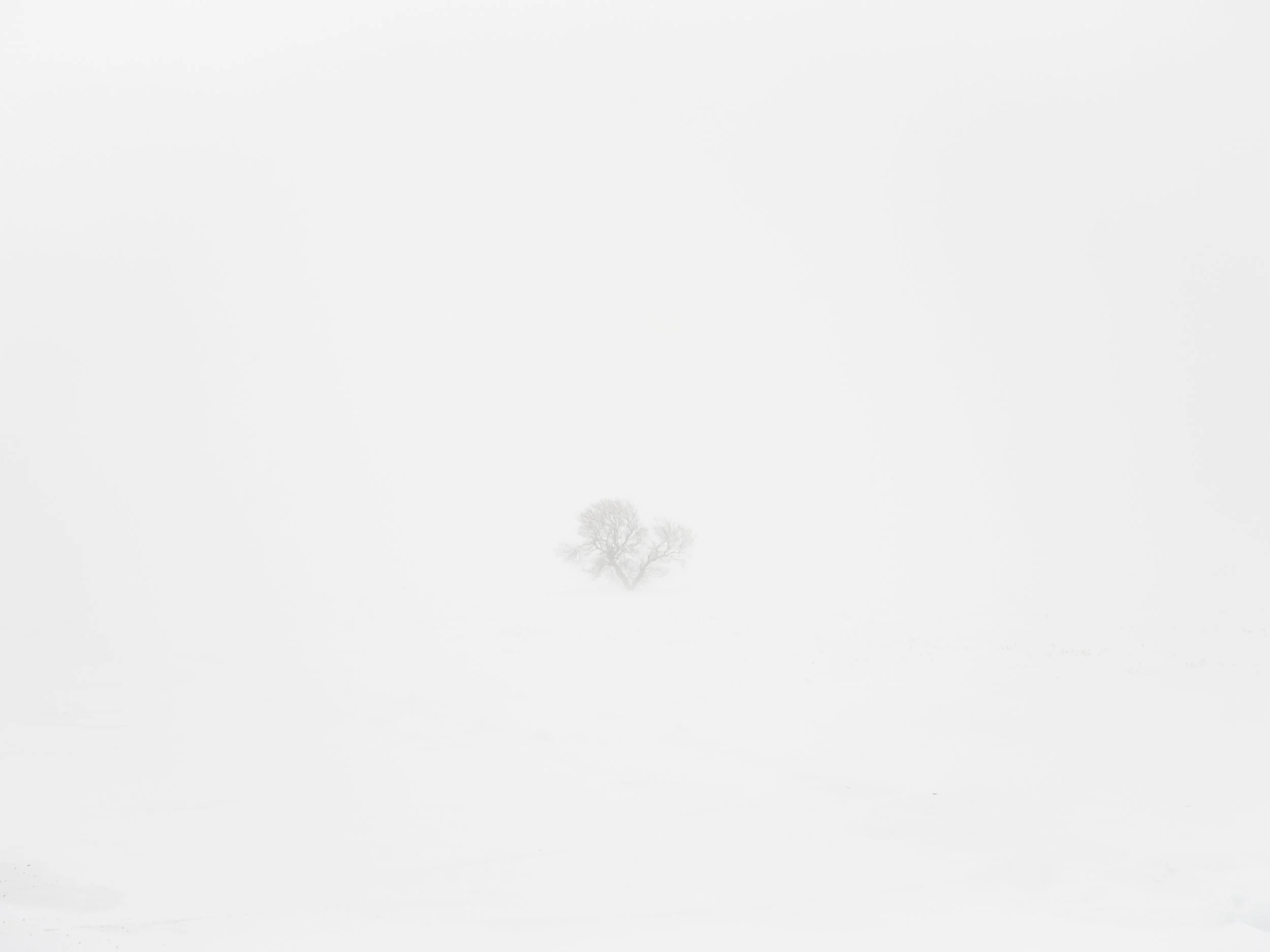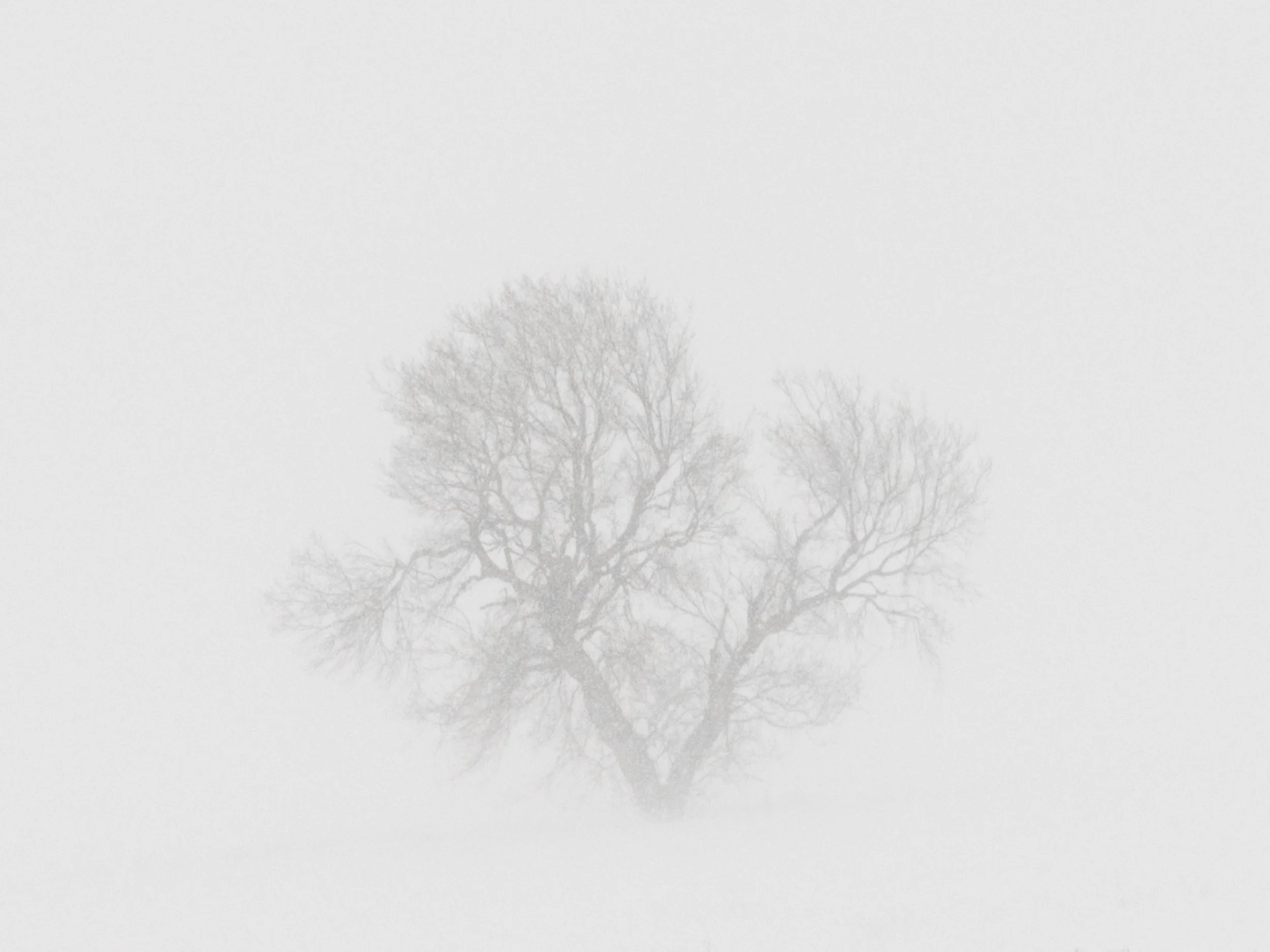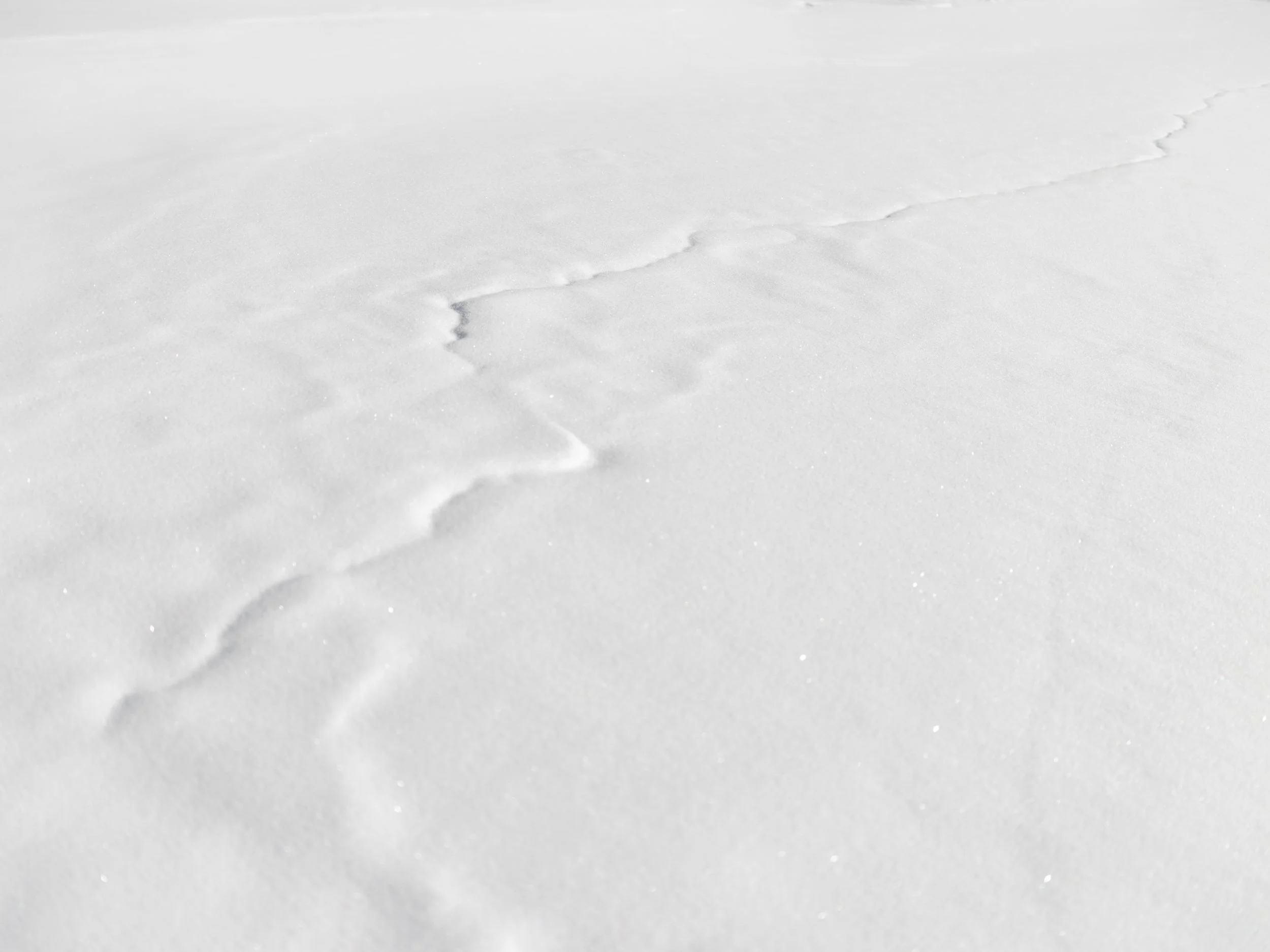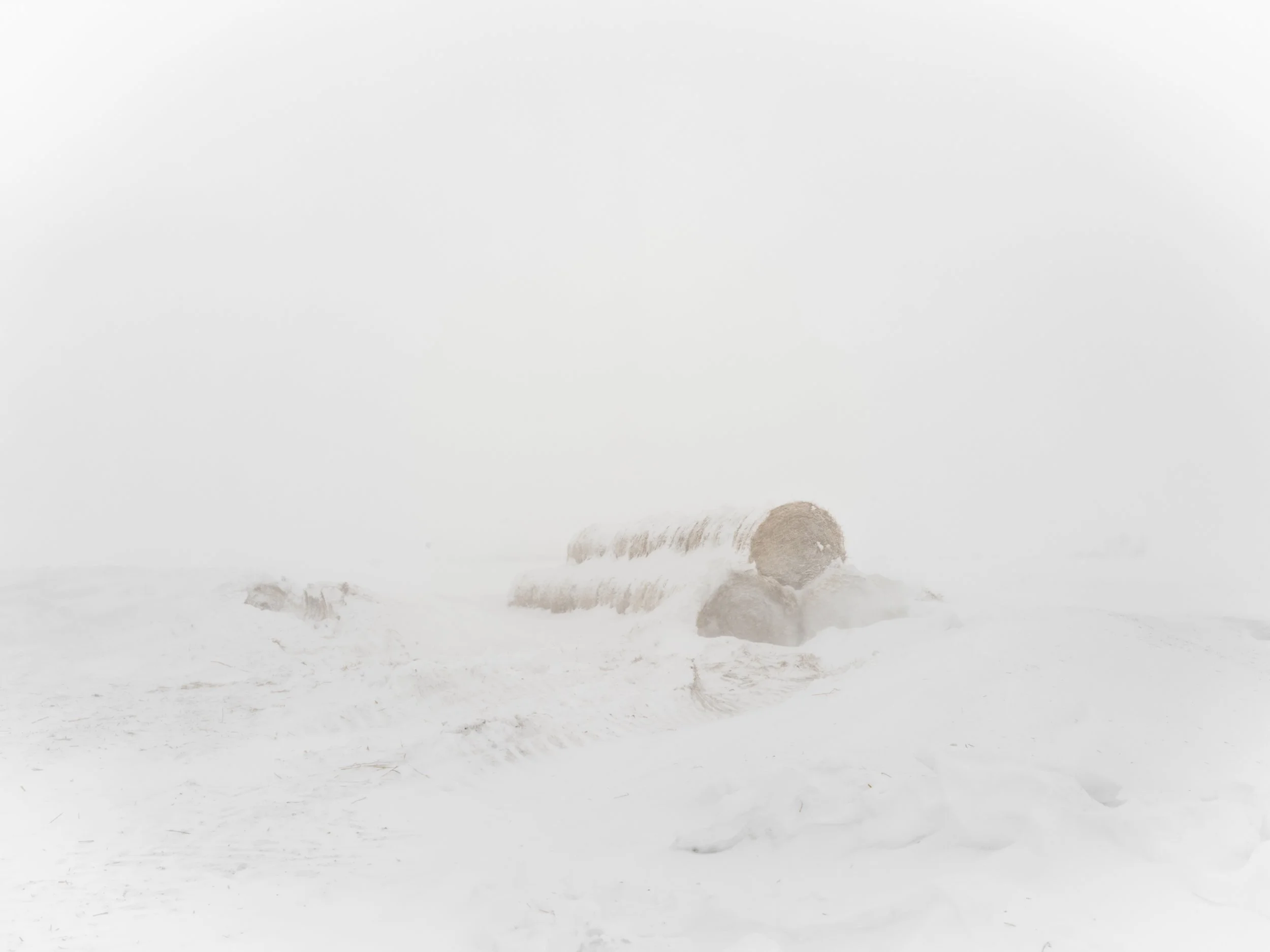Minus 30
Winters in rural Saskatchewan were an indelible part of my youth. As kids, my brothers, Bruce and Raymie, and I would gear up in snowsuits and spend our days climbing over snowbanks, some as tall as our house. Our face scarves would form icicles from the moisture in our breath. We could tell who had the longest eyelashes: Raymie. The frost would turn them into small white sculptures. And I vividly remember Mom rescuing Bruce’s tongue, stuck to the metal swing set, his arms flapping.
In short succession, a series of accidents took my young brothers and mother, forever changing me. Deep winter— the vast emptiness, filled with silence and stillness and the biting air—perfectly mirrors the shock of sudden grief. I began photographing these winter conditions almost by accident, drawn back to the echo of an empty, cold feeling.
I would only set out with my camera when it was minus 30 degrees or colder. These dangerous conditions made driving back home to Saskatchewan an arduous journey. The roads were frequently closed, and I found myself completely alone. Yet, I felt safe in the familiarity of these storms.
While creating this work, I came to know a unique fixture on the prairie: a lone tree. Most trees don’t survive here, but this tree is a smart tree. It grew in a safe place, on a property line, where it would never fall to the axes of neighbouring farmers. Its story is one of resilience, deeply rooted where its seed first landed.
Returning home, where I first learned about the fragility of life, I was struck by the fragility of the environment itself. Winter has changed in this place since I played outside with my brothers. These journeys into the whited air led me to consider not only the personal loss but the transformations in the winter landscape itself. It seems I’ve lost part of it, too. Minus 30 holds an intangible essence, a glimpse of the careful edge of winter as I knew it. These photographs of blizzards preserve the experiences of a childhood landscape that I may be among the last to witness.



















